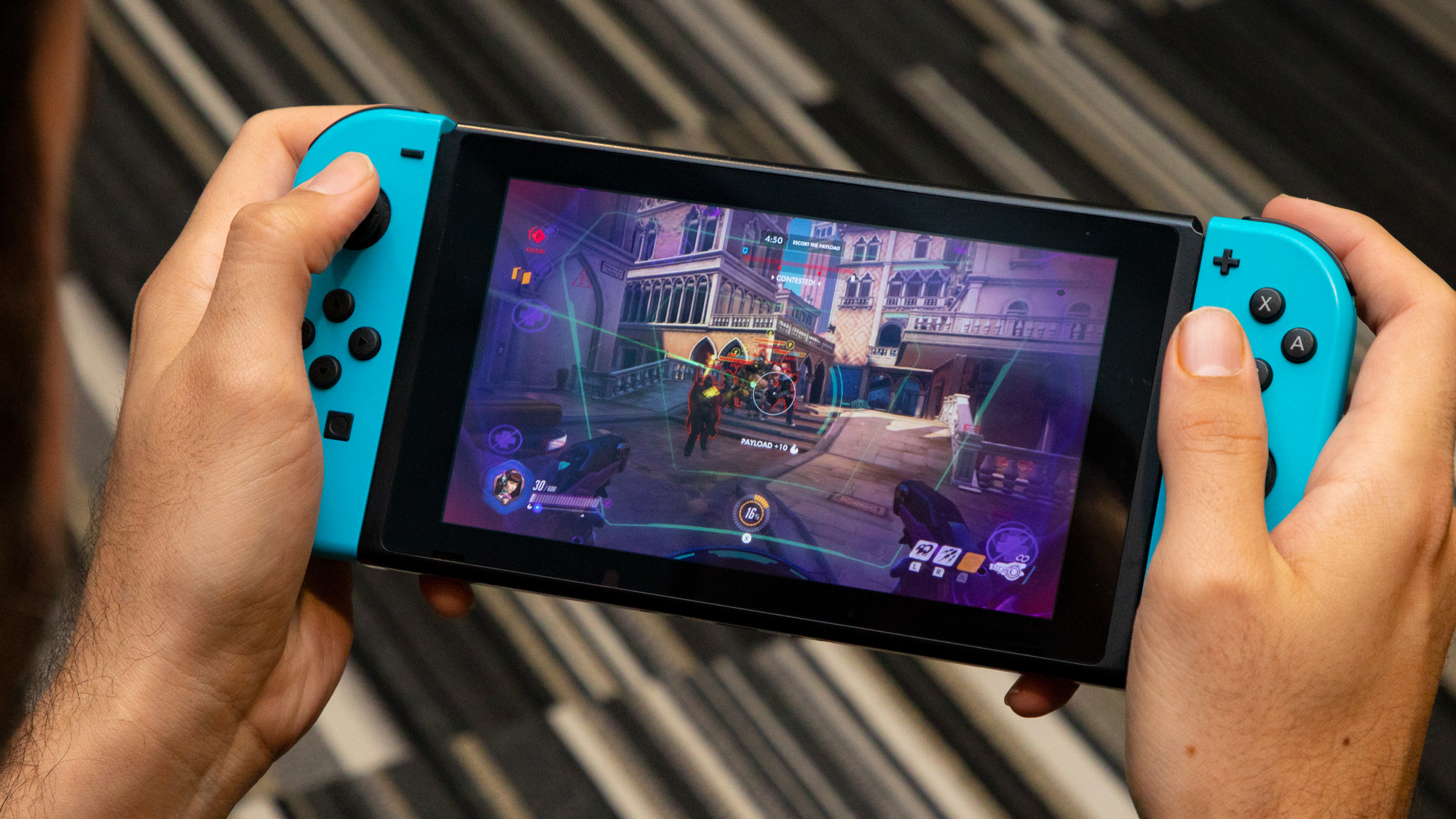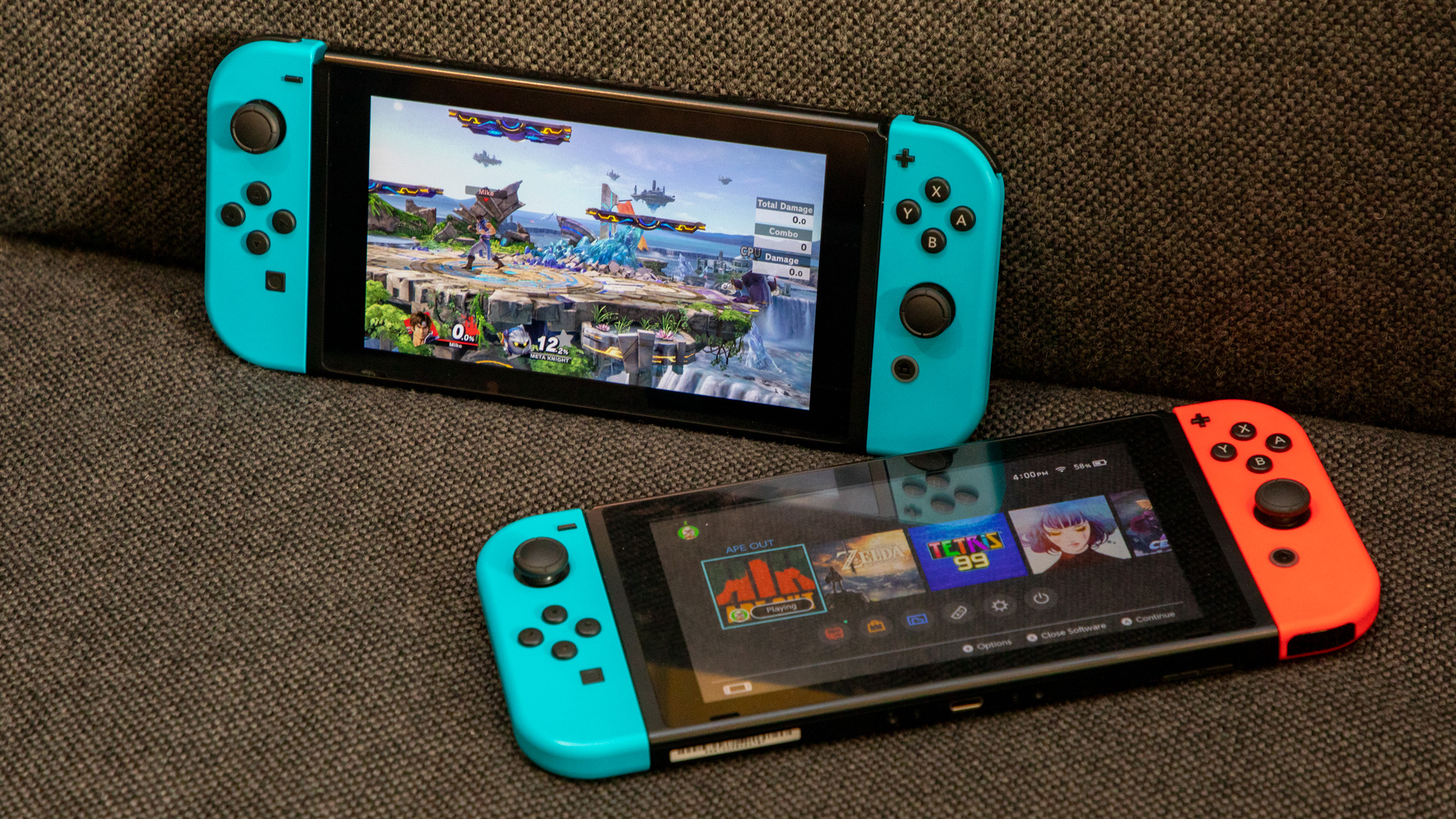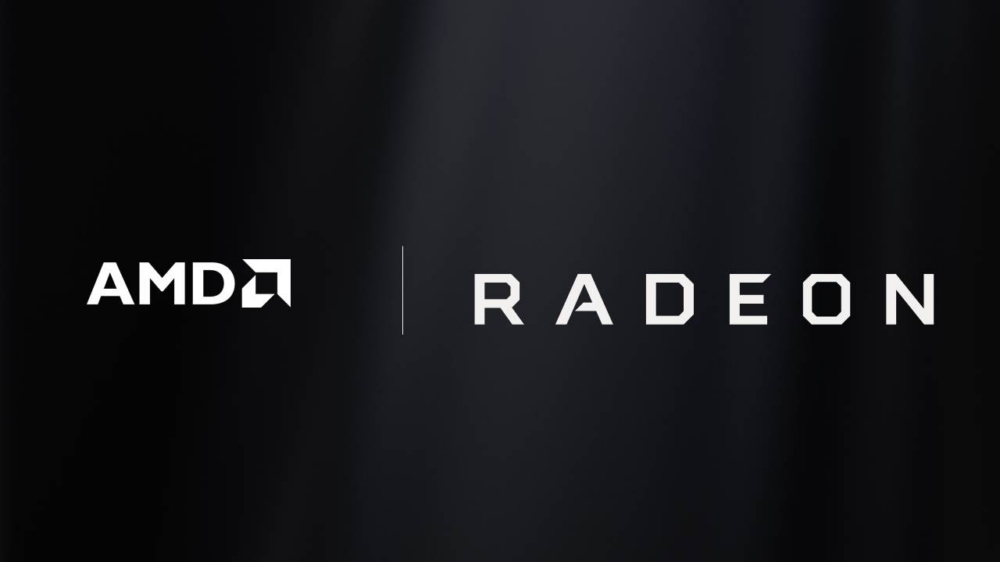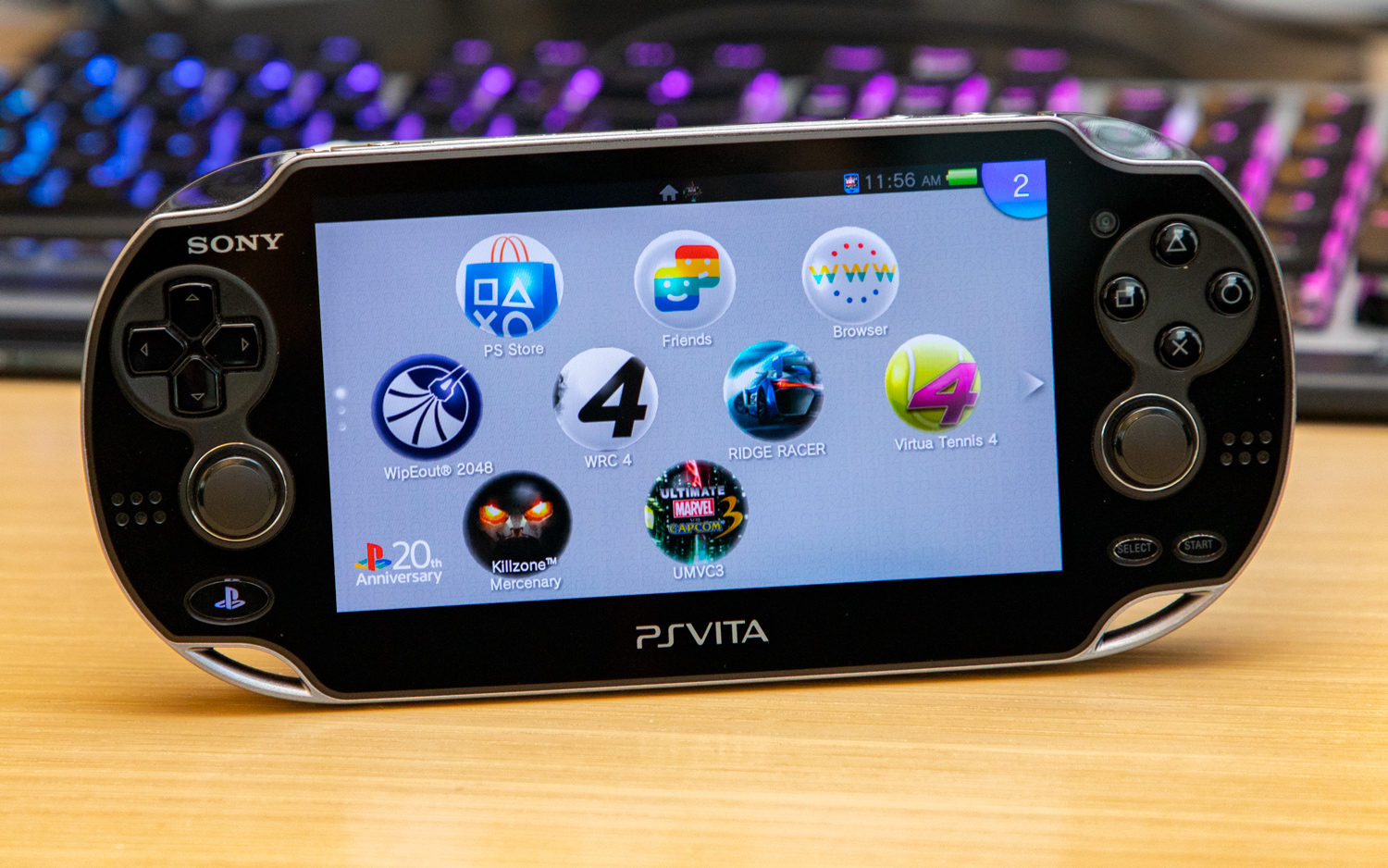Nintendo Switch 2 could be a true powerhouse with this breakthrough
Nintendo Switch 2 could tap into the joint power of AMD and Samsung

A Nintendo Switch 2 might still be a ways away, especially with Nintendo's portable hybrid console being hotter than ever right now. But the Nintendo Switch will turn four years old in 2021, and the chip at its heart is pretty long in the tooth.
When the Nintendo Switch made its debut in Spring 2017, it impressed me with how much power it seemed to pull out of its Nvidia’s Tegra X1 system-on-a-chip. Rather than use custom silicon, the Tegra X1 was an off-the-shelf chip that used graphics based on Nvidia’s Maxwell architecture.
- The best Nintendo Switch games out now
- Plus: PS5 won't beat Xbox Series X on power, says Epic
- Breaking: Justice League Snyder Cut HBO Max release date announced
Maxwell was first introduced in 2014, succeded by Pascal in 2016, and then the Truing architecture in 2018. Now with Nvidia’s Ampere architecture paving the way for next-generation GeForce graphics, the Tegra X1 is very much an aged slice of silicon.
That means there’s definitely scope for Nintendo to have a good hard think about what chipset it’ll go for. And that’s got me thinking about a partnership between Samsung and AMD, which is aimed at combining the former’s Exynos mobile chips with the latter’s latest RDNA graphics tech.
When Samsung and AMD joined forces around a year ago, it got a lot of tech fans thinking that we could see AMD graphics power brought to bear on smartphones. Most mobile chips use graphic accelerators designed by ARM or made by the likes of Imagination Technologies with its PowerVR GPUs or Qualcomm with its Adreno graphics. So the idea of a high-end graphics company getting involved in mobile chips was pretty interesting.
New leaks have pointed towards the Exynos 1000 having AMD graphics, with a leaked benchmark showing how a chip dubbed RDNA-Exynos performs against an Adreno650. In short, the RDNA-Exynos rinses the Adreno in the GFXBench test, delivering 58 frames per second in the Aztech High test compared to the Adreno 650’s 20fps.
That would paint an interesting picture for the potential graphics performance of the Samsung Galaxy S30; the chip won’t arrive in time for the Samsung Galaxy Note 20. But mobile graphics tend to be either well-optimised for a host of mobile chipsets or reasonably undemanding as games and apps have to work across a wide range of devices with different specs and performance.
Get instant access to breaking news, the hottest reviews, great deals and helpful tips.

So there’s an argument that AMD graphics tech isn’t really needed for smartphones. Which is where the idea that the Exynos 1000 would be a good chip for the Nintendo Switch 2 come in.
Nvidia hasn’t updated the Tegra X1 for ages; there’s barely any mention of the Tegra lineup on Nvidia’s website. And outside of GeForce and data centre graphics, Nvidia seems more interested in working on chips for autonomous cars and artificial intelligence; it does quite well at this stuff, so I won’t begrudge it that.
This means that when Nintendo comes a-callin’ for a new chip for the Switch 2, Nvidia might have to shrug and turn it away; assuming it’s not quietly working on a next-generation Tegra for a new Switch. As such, Nintendo might have to look elsewhere, and Samsung with its mobile expertise and AMD with its graphics experience could make a good place to go hunting for a Switch 2 chip.
It’s in the RDNA

What makes AMD’s graphics tech so appealing, you might ask? Well, it’s latest graphics architecture known as RDNA is a significant step up from its old Graphic Core Next architecture.
While AMD’s current crop of Navi Radeon graphics cards that use RDNA isn’t quite the Nvidia GeForce-killing GPU series that fans might have hoped for, the underlying architecture is still pretty powerful. It’s also built on a 7-nanometre fabrication process, which in layman’s terms means more transistors can be squeezed onto a square of silicon. AMD uses the 7nm node in its new Zen 2 Ryzen 3000-series processors to great effect, so it has the scope to bring this improved performance and efficiency to mobile chip graphics.
AMD’s RDNA also supports a lot of clever gaming-orientated graphics features, including a suite of interfaces built to get the most out of graphics performance without reducing a GPU into a pool of melted silicon.
Combine this with Samsung’s expertise in working with ARM-based mobile chips, and there’s potential to mix graphics derived from desktop gaming with the efficiency of a mobile chip. That could, in turn, pave the way for a second-generation Switch that’s more powerful yet less battery hungry than ever before.
That doesn’t mean we’re going to see games that’ll rival those slated for the PS5 and Xbox Series X. But the Switch can already run games like the Witcher 3 and Wolfenstein II: The New Colossus, so a bit more power from a much more modern chip could really see it take a big step up.
The return of the PS Vita?

A more powerful Switch is a tantalising prospect. But there’s also scope for whatever chip Samsung and AMD cook up to find its way into a new generation of handheld consoles.
Sony’s PlayStation Vita was an impressive device powered by a mobile chip, which sadly failed to sell well. But given the success of the Switch, there’s an argument for someone at Sony to breath life back into the Vita.
That’s wishful thinking, as Sony has declared its handheld console ambitions are dead and buried. But with an RDNA-Exynos chip, perhaps it could be encouraged to bring its electronics might to bear once again on portable consoles.
Or perhaps Microsoft could take the plunge and make a handheld Xbox console, perhaps also tapping into the power of its Project xCloud game streaming service. Microsoft has previously worked closely with AMD on the chip for its 15-inch Surface Laptop 3, so it’s not beyond the realms of imagination that it could take that relationship further.
Of course, the whole Samsung-AMD partnership could just result in a new chip that gets stuck into a range of its new TVs and promptly forgotten about. Yet, it’s hard to shake the idea that we could be hearing the first murmurs of the perfect chip for the Nintendo Switch 2.

Roland Moore-Colyer a Managing Editor at Tom’s Guide with a focus on news, features and opinion articles. He often writes about gaming, phones, laptops and other bits of hardware; he’s also got an interest in cars. When not at his desk Roland can be found wandering around London, often with a look of curiosity on his face.
